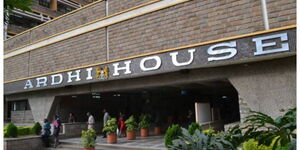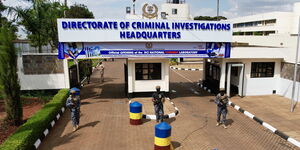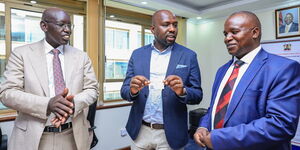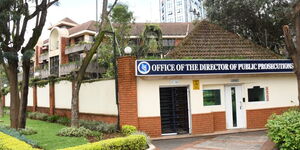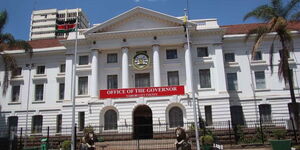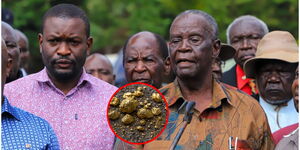The Ugandan government approved the refurbishment of the 215km Malaba – Kampala meter-gauge railway that will usher in a new era from train services in the East African region.
Tagged at a cost of Ksh 41 billion, the new line will enable commuters to travel from Mombasa to the Ugandan capital, Kampala, via the border town of Malaba.
This follows the subsequent approval of the project to connect the Standard Gauge Railway (SGR) to the Malaba border point on the Kenyan side of the border.
In the 2020/2021 supplementary budget, Treasury CS Ukur Yattani allocated Ksh 3.7 billion to revamp the railway line from Naivasha to Malaba.
“Ksh 2.7 billion is for the construction of the Naivasha ICD-Longonot railway link, and Ksh1 billion is for the rehabilitation of the Longonot-Malaba MGR,” reads an excerpt from the supplementary budget.
In a recent interview, Kenya Railways Corporation managing director Philip Mainga revealed that the new line to the Kenya-Uganda border would be complete by September 2021.
“Passenger operations from Mai Mahiu to Malaba via Longonot through a revamped meter gauge train for visitors to western parts of Kenya will start in September,” he stated.
Construction of the new 23.5-kilometer link line from Naivasha to Longonot started in August 2020 while rehabilitation of the Longonot to Malaba metre gauge railway line started in October 2020.
Cargo trains on the Mai-Mahiu to Longonot will start operating in June as the service targets transporting goods such as fertiliser and cereals to western Kenya.
The Mombasa-Nairobi phase of the multi-billion project cost an estimated Ksh 477 billion.
China Exim Bank contributed around 90 percent of the financing while the remaining 10 percent was provided by the Kenyan Government.
Across the border, the Malaba-Kampala railway project is expected to create 150,000 jobs directly and indirectly during construction and will boost export and tourism.
It is also expected to be a key component in attracting foreign direct investment thus creating opportunities for economic growth.
The SGR, which is designed to provide a globally competitive transport network for both freight and passengers, will specifically reduce transit time from Kampala to Mombasa from between four to six days to just a day.
The cargo and passenger services will enhance the economic viability of the SGR line by easing the movement of freight and passengers from the Port of Mombasa to Uganda and the neighbouring countries.


